You are currently browsing the monthly archive for February 2010.
Drummer Seminar… drum clinic… whatever you want to call it. I’m doing one in a couple weeks (as in I’ll be leading the event) at my home church. Consider this your invitation.
The topic for discussion will be “playing drums in church,” an area I am somewhat qualified to comment on, at least in the sense that I’ve probably spent more cumulative time doing that than any other kind of gig. My intention is to share some of my experiences and the lessons I’ve learned, and my hope is that it would help other players who find themselves behind the kit in a church. However, I’ll probably go over lots of stuff that is relevant to playing drums generally, so for that reason the event is open to anyone: any age, any experience level, any church affiliation, whatever… all are welcome. There’s no registration or anything like that, just show up.
The session will run 10am-noon, and has a suggested donation of $5. That money will cover the donuts and coffee that I am told will be there, with hopefully some leftover so I can buy myself lunch afterward.
This event is as simple as me wanting to have a gathering of drummers that play in churches so I can share my perspective and see where other players are at with it. Please forward this invitation along to anyone that you think may be interested.
Details recap:
Saturday, March 13th
10:00am – 12:00pm
New Hope Church (4225 Gettysburg Avenue N. New Hope, MN 55428)
$5 (suggested donation)
ps… when you arrive at the church, head in the doors to the right of the entrance with the awning… we’ll be in the sanctuary area.
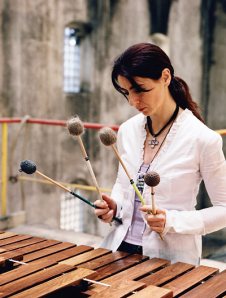 Scottish percussionist Evelyn Glennie is quite a remarkable individual. She’s known in part for being “the first full-time solo percussionist in 20th Century Western society” (wiki), but interestingly enough she has been deaf since age 12. As an accomplished musician, she’s clearly not entirely deaf, and has managed to explore an amazing theory of hearing with her body and not just her ears, which she wrote an essay about a few years ago.
Scottish percussionist Evelyn Glennie is quite a remarkable individual. She’s known in part for being “the first full-time solo percussionist in 20th Century Western society” (wiki), but interestingly enough she has been deaf since age 12. As an accomplished musician, she’s clearly not entirely deaf, and has managed to explore an amazing theory of hearing with her body and not just her ears, which she wrote an essay about a few years ago.
Anyway, she was featured on TED a few months ago, and her presentation on making REAL MUSIC (not just going through the motions) is valuable for all performers to consider.
HT: Ben Plattes
I’ve been meaning to resurrect my weekly “music news” installments (Mews), and this week has some cool Mews-worthy happenings, so the timing feels right. Ladies and Gentlemen, I give you, the return of the Mews…
– Thom Yorke announced today on the Radiohead blog that his solo project, to which he added official band members just last year, now has an official name and will be touring the US this Spring. deadairspace
– The awesome free music website known as Noisetrade just got much more awesome. Go check out the changes, and get yourself a bunch of free records while you’re at it. Noisetrade
– To all the haters: Erykah Badu apparently used Twitter to clear some copyright permission issues with Paul McCartney earlier today. See people? Stop making fun of me for having a Twitter account. I’m telling you, it’s helpful on a lot of levels. Pitchfork
– Speaking of Twitter, Matt Chamblerlain just tweeted that he played the drums on the new Of Montreal record. Apparently they just completed the tracks, which Chamberlain is calling “a crazy-funky-psychedelic-drum extravaganza.” Nice. Chamberlain’s Twitter
– Nickleback lost their popularity contest with “a pickel,” and lead sing Chad Kroeger isn’t happy about it. Comcast
– Editorial: We just decided on a date for a clinic I’ll be giving at New Hope Church. The day is March 13th, is open to everyone, and will center around playing drums in a church environment. The cost will be low and maybe even nothing, so I’m hoping we can get a good group of guys who care about drums in worship services to come out for the clinic. I’ll post official details here soon.
The first official nod from the online drumming community: drummagazine.com just posted the Glow Kit promo video as the “feature review” in their gear section. Check it out.
I wonder if they know I made fun of their magazine’s name last week? Um… just kidding about that btw…
I spent all day yesterday, today, and then tomorrow working on a full-length record for singer/songwriter Annie Fitzgerald from NYC. Matt Patrick is producing the album, and he’s got all kinds of texture ideas/concepts for these songs. I’m having a ton of fun.
For example, we just finished tracking a tune where Matt ran the snare mic through a delay pedal and a distorted guitar amp. We set the delay effect to a single 16th note displacement, so the snare has this great slap echo, but with a slightly different tone color because of the amp.
I’ve never recorded with a real-time delay before, and it had a huge effect on how I chose my notes and feel. We needed a few takes to dial the delay tempo in to the best feeling speed, but once we found it I was amazed at how inspiring it became.
Although I’ve never played one of these drums, from all indications it looks like Yamaha’s version of a supraphonic. So it probably sounds amazing, being that Yamaha is a killer company and supras are killer drums.
Regardless of what the drum sounds like, Nashville session great Paul Leim has some insightful words about snare tone in the studio on this clip…
You all know how much I love Steve Jordan’s playing. And frankly, everyone else should love it too.
But regardless whether or not you love it, you’re going to learn something from this interview with him in last month’s DRUM! magazine. In other news, it just occured to me that the word “drum” in all caps with an exclamation point after it is an odd name for a magazine, though I guess it fits.
Okay. This is the last post on my new glowing drums. I promise.
I’ve gotten a few consistent questions about these drums, so I’ll try to answer them here…
1. Size of the kit
I opted for some sizes on these drums that are a little different than other kits that I have, and it’s basically just to enhance the “glowability factor” (a great Keith quote from the promo video). The kick drum, for instance, is 18″ deep, and those of you that have read my past posts on that issue will know that I favor shallower bass drums (14 or 16). The truth is that shallower kick drums sound better, but an 18″ depth doesn’t exactly sound bad. Much deeper than that would be a problem, but 18″ is about as deep as you can go and still sound decent. I figured as long as the kit was glowing I should have as much surface area as possible. That’s also why I chose to have 3 floor toms. I’ve played with an extra floor tom off to the left of the hats for years, and I also often play with an extra one to the right of the main floor tom, but never at the same time. Again, as long as the drums are glowing, I might as well have lots of drums to glow, and then I also have a handful of various configurations if I want to go with a standard 4-pc set-up.
2. Impact-sensitive triggers for each drum
I had these drums wired specifically to be “one light,” instead of 6 separate lights, which means the lighting engineering is controlling the drums as one unit. This keeps the instrument as one instrument, which is what it should be. I think things would get out of hand very quickly if each drum were a separate color, not to mention it would cost us a lot more money and time. The things-getting-out-of-hand issue is also why I will probably never pursue triggers so the drums light up when I hit them. While the idea seems logical, I think the reality would be too over-the-top and fatiguing to look at for more than 20 seconds. I’m just trying to be aware of the potential for the gimmick to be too gimmicky. As it is the drums can change color, strobe, and work in tandem with the rest of the stage lights. That seems good enough, especially since nobody else has glowing drums to begin with. Ha.
3. Why bother with the gimmick
Most of you know that 99% of my concern with a drum set is how it sounds and how I play it. This remains true with the Glow Kit, although I understand why owning glowing drums would call my fundamental goal into question. The whole deal with this kit hinges on the fact that the appearance of drums is lopsidedly more important than the appearance of any other instrument on stage. For example, Mick Sterling once told me, when I showed up for a gig with my blue sparkle kit, “man, those drums look like they sound incredible.” Think about how ridiculous that statement is (and Mick is not a ridiculous guy)… but most if not all people in the music business think this way. People look at drums and instantly determine an expectation for how they will sound, and that really doesn’t happen with guitars/basses/keyboards or anything else at all. Then couple this with the fact that “good sounding drums” have much more to do with how I tune them and how I hit them, and also how the engineer mixes them. What you’re left with is a situation where finding a great-looking kit is the most important factor in selecting drums for live performing. So I just embraced that reality and went all out.
Hopefully this kit will land some press in the drum world, and I can just ride the whole “any press is good press” thing. In the meantime I’m going to continue working on getting better at playing the instrument, which is ultimately what really matters to me.
Here’s the official video for my new drums, dubbed “The Glow Kit.”
Also… I have a favor to ask… I really appreciate everybody posting the other Glow Kit videos on their FB pages and what not, but this official one is the best one for that. We’re trying to get the word out on these drums, so if you don’t mind tweeting/linking/whatever to the above video, that would be stellar.

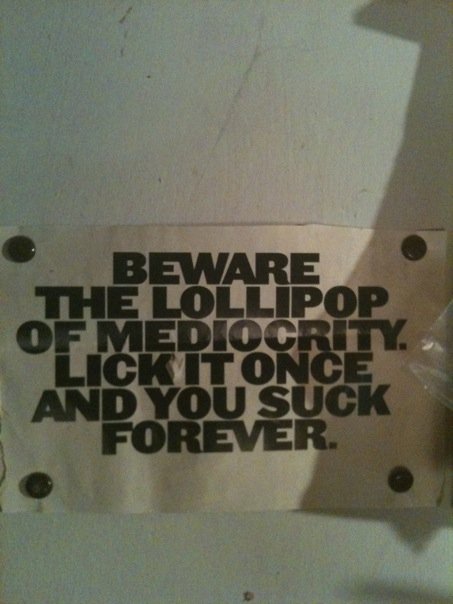
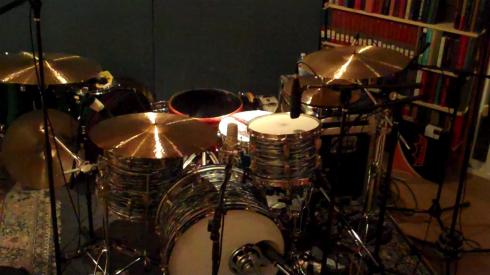
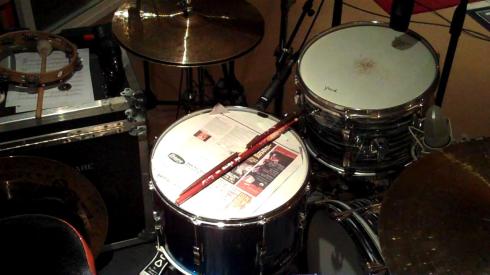
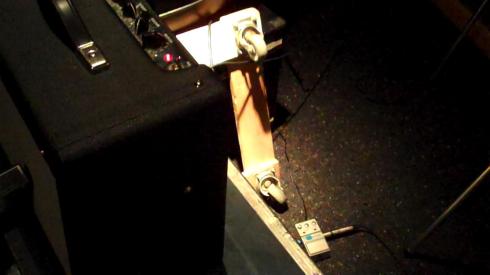
Recent Comments